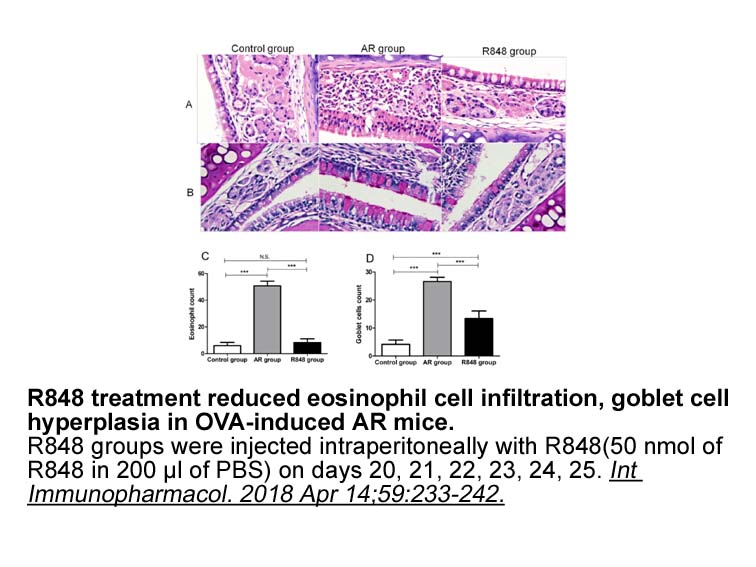Archives
Being a rare renal tumor its
Being a rare renal tumor, its description as primary renal tumor has been confined to the documentation of anecdotal case reports in the past [4], [9], [10], [11]. However, recent years have seen an increased interest in defining ES/PNET of kidney as a distinct entity, with the study undertaken by the National Wilms Tumour Study Group [12]. The present study is a retrospective clinicopathologic study of 34 cases of ES/PNET of kidney analyzed with the use of immunohistochemical markers and molecular studies for EWS-FLI-1 and EWS-ERG translocation using reverse transcriptase–polymerase chain reaction (RT-PCR) technique. This is the largest series of primary ES/PNET of kidney reported so far from a single institute.
Materials and methods
The expected band size for EWS-FLI1 and EWS-ERG translocations is as follows:
Results
Discussion
Ewing family of tumors is defined as round cell sarcomas that show varying degrees of neuroectodermal differentiation. They most often present as soft tissue and bone tumors in adolescents and young adults. Primary renal ES/PNET is a rare but a well-defined clinical and morphological entity. It is an aggressive tumor in terms of its behavior, as evident from the various cases reported in the literature as well as by the clinical scenario in the present study [12], [13]. Despite the morphological overlap among several round cell tumors, namely, ES/PNET, blastemal predominant WT, SS, neuroblastoma, lymphoma, CCSK, and small cell carcinoma, these entities have different genetic basis, treatment protocols, and prognosis, which have mandated recognition of ES/PNET occurring in kidney as a distinct entity. The main morphological challenge in our study was to differentiate ES/PNET kidney from monomorphic and poorly differentiated SS and blastemal predominant WT.
ES/PNET is composed of primitive-appearing undifferentiated round 873 in diffuse dense cellular sheets or vaguely lobulated pattern. The cytoplasm is indistinct except in those areas where the cells are more mature and the elongated hairlike extensions coalesce to form H-W rosettes. A less common feature is the presence of Flexner-Wintersteiner rosettes. The distinct vascular nature of tumor is manifested by arborizing vascular pattern, perithelial arrangement of tumor cells, and perivascular pseudorosettes. The gross and microscopic features of the tumor in the present series are in accordance with previous studies [12], [13], [14], [15].
Immunohistochemical recognition of MIC2 gene product (a surface glycoprotein designated by p30/32MIC2) is a highly sensitive marker for ES/PNET family of tumors. MIC2 was nonreactive in 2 cases in the present study, possibly because of the availability of technically subop timal material for evaluation. The cases with negative MIC2 staining in our study had features of typical ES/PNET on morphology along with presence of EWS-FLI-1 type 1 translocation in 1 of the cases. Parham et al [12] had documented MIC2 reactivity in 65 of their 79 cases of ES/PNET of kidney. The negative cases in their study showed atypical morphological features. It is also very essential to note that different fusion transcripts are described in Ewing family of tumors [16]. MIC2 may be negative in cases of ES/PNET, having a variant translocation.
Immunostains for the product of the MIC2 gene (CD99) have also been recorded to be positive in SS. However, ES/PNET also shows positive staining for a host of neural markers including NSE, S-100 protein, chromogranin, synaptophysin, and protein gene product (PGP) 9.5, all of which are negative in SS. The focal epithelial membrane antigen (EMA) immunoreactivity is a sensitive marker for epithelial differentiation in the monophasic variant of SS. A small percentage of ES/PNET also expresses focal immunoreactivity for low-molecular-weight cytokeratin [17], [18], [19].
Furthermore, the specific t(11;22)(q24;12) translocation in ES/PNET can be evaluated immunohistochemically by using anti-FLI-1 antibody. Sensitivity of FLI-1 staining is 71%, and specificity is 92% [20]. Therefore, FLI-1 protein expression is helpful mainly in distinguishing ES/PNET from other tumors that are also MIC2 positive such as poorly differentiated SS and in confirming the diagnosis of ES/PNET in cases where molecular genetic evaluation is not feasible. In the present study, FLI-1 antibody was not used because of nonavailability of this antibody at our center at the time of this study.
timal material for evaluation. The cases with negative MIC2 staining in our study had features of typical ES/PNET on morphology along with presence of EWS-FLI-1 type 1 translocation in 1 of the cases. Parham et al [12] had documented MIC2 reactivity in 65 of their 79 cases of ES/PNET of kidney. The negative cases in their study showed atypical morphological features. It is also very essential to note that different fusion transcripts are described in Ewing family of tumors [16]. MIC2 may be negative in cases of ES/PNET, having a variant translocation.
Immunostains for the product of the MIC2 gene (CD99) have also been recorded to be positive in SS. However, ES/PNET also shows positive staining for a host of neural markers including NSE, S-100 protein, chromogranin, synaptophysin, and protein gene product (PGP) 9.5, all of which are negative in SS. The focal epithelial membrane antigen (EMA) immunoreactivity is a sensitive marker for epithelial differentiation in the monophasic variant of SS. A small percentage of ES/PNET also expresses focal immunoreactivity for low-molecular-weight cytokeratin [17], [18], [19].
Furthermore, the specific t(11;22)(q24;12) translocation in ES/PNET can be evaluated immunohistochemically by using anti-FLI-1 antibody. Sensitivity of FLI-1 staining is 71%, and specificity is 92% [20]. Therefore, FLI-1 protein expression is helpful mainly in distinguishing ES/PNET from other tumors that are also MIC2 positive such as poorly differentiated SS and in confirming the diagnosis of ES/PNET in cases where molecular genetic evaluation is not feasible. In the present study, FLI-1 antibody was not used because of nonavailability of this antibody at our center at the time of this study.